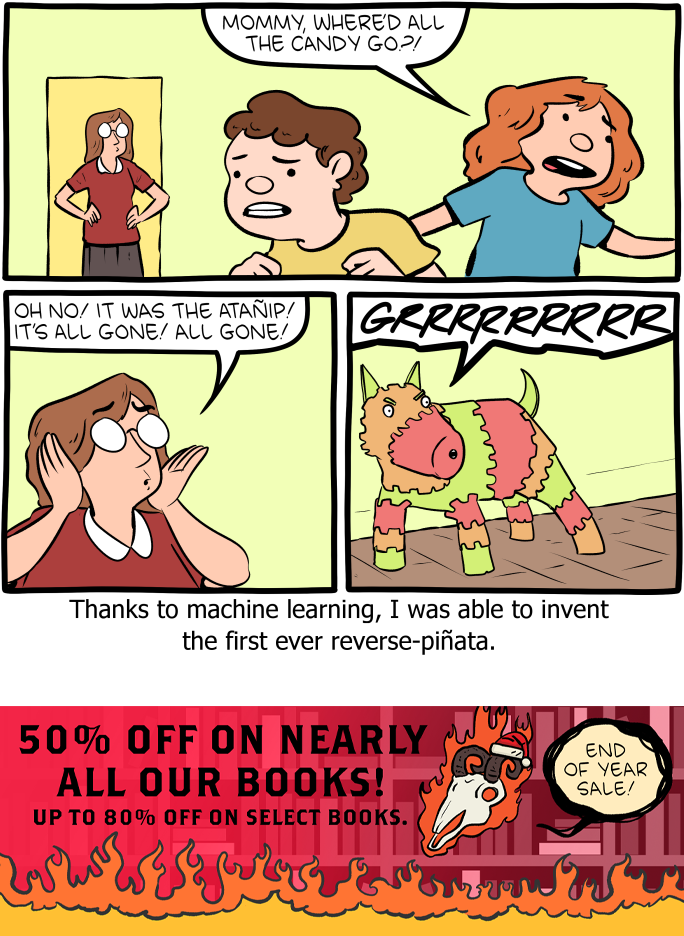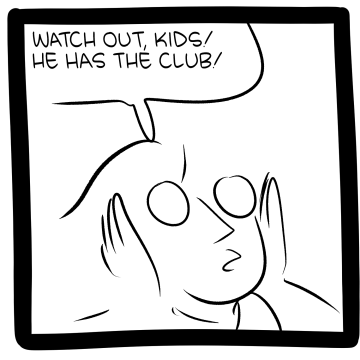Advertisement
The Interior Department said the projects posed national security risks, without providing details. The decision imperils billions of dollars of investments.
The Trump administration on Monday said it would pause leases for five wind farms under construction off the East Coast, essentially gutting the country’s nascent offshore wind industry in a sharp escalation of President Trump’s crusade against the renewable energy source.
The decision injected uncertainty into $25 billion worth of projects that were collectively expected to power more than 2.5 million homes and businesses across the Eastern United States, according to Turn Forward, an offshore wind advocacy group. The five wind farms were projected together to create about 10,000 jobs.
It left intact just two operational wind farms in U.S. coastal waters — one small project off Rhode Island that has been complete since 2016 and a larger project off New York that has been fully operational since 2023.
The five wind farms targeted on Monday had all obtained leases from the Biden administration. But citing unspecified national security concerns, the Trump administration said it would freeze those leases, effectively blocking construction or operations and jeopardizing billions of dollars that have already been invested.
One of the projects, Vineyard Wind 1 off Massachusetts, is already partially running, with about half of the project’s 62 turbines sending power to the electric grid.
But in announcing the pause, Doug Burgum, the secretary of the interior, said in a statement that “the prime duty of the United States government is to protect the American people.” He said the decision “addresses emerging national security risks as well as “vulnerabilities created by large-scale offshore wind projects with proximity near our East Coast population centers.”
Mr. Trump has repeatedly called offshore wind turbines ugly, costly and inefficient. He has disparaged the clean energy source ever since he failed 14 years ago to stop an offshore wind farm visible from of one of his golf courses in Scotland.
In addition to Vineyard Wind 1, the other projects affected by the pause are Coastal Virginia Offshore Wind off Virginia, Sunrise Wind and Empire Wind off New York, and Revolution Wind off Rhode Island and Connecticut.
The abrupt announcement left the wind farm builders sputtering.
David Schoetz, a spokesman for Equinor, the developer of Empire Wind, said the company was reviewing the stop-work order and seeking more information from the government.
Jeremy Slayton, a spokesman for Dominion Energy, called the Coastal Virginia Offshore Wind Project “essential for American national security and meeting Virginia’s dramatically growing energy needs.”
The company argued that stopping the project for any length of time would threaten grid reliability “for some of the nation’s most important war fighting, A.I. and civilian assets.”
Mr. Slayton also dismissed the administration’s unspecified national security concerns, saying the wind farm was developed “in close coordination with the military.” He also noted that the project’s two pilot turbines have been operating for five years without causing any impacts to national security.
“We stand ready to do what is necessary to get these vital electrons flowing as quickly as possible,” Mr. Slayton said.
Representatives for developers of the other projects, including the Danish energy giant Orsted, did not immediately respond to requests for comment.
The Interior Department’s description of its decision said the Pentagon had produced classified reports that found the wind farms posed national security risks and that an unclassified report from the Energy Department had found that wind farms could interfere with radar systems.
Coastal Virginia Offshore Wind had escaped attention from the Trump administration for months, in part because of strong support from Gov. Glenn Youngkin, Republican of Virginia. But its fate became uncertain after Abigail Spanberger, a moderate Democrat, won the Virginia governor’s race in November to succeed Mr. Youngkin.
In New York, Empire Wind has had an on-again, off-again relationship with the Trump administration. In April the Interior Department ordered that construction be stopped on Empire Wind, pushing the $5 billion project to the brink of collapse. After several weeks and negotiations with Gov. Kathy Hochul, a Democrat, the administration allowed the project to proceed, at least until now.
Representatives for Ms. Hochul did not immediately respond to a request for comment.
Senator Chuck Schumer, Democrat of New York, said in a statement, “Trump’s obsession with killing offshore wind projects is unhinged, irrational, and unjustified.” He said New York would “keep fighting” the administration’s stop-work orders on Empire and other offshore wind projects.
The financial consequences for the developers of the five offshore wind farms could be dire. When work on Empire Wind was initially paused in April, Equinor said it was losing $50 million a week because of idled equipment and workers.
Delays to Revolution Wind were estimated to cost its developer, Orsted, approximately $15 million per week. In October, Orsted said it would cut about 2,000 jobs, or around 25 percent of its work force, over the next two years, a decision fueled by the Trump administration’s actions as well as tariffs, high inflation and interest rates.
On the first day of his second presidential term, Mr. Trump issued a sweeping executive order halting all leasing of federal lands and waters for new wind farms. His administration has since gone after wind farms that had received permits from the Biden administration and were either under construction or about to start.
The administration’s approach has suffered some legal setbacks. A federal judge this month struck down the halt on leasing mandated by the January order, saying it was “arbitrary and capricious,” violating federal law.
Attorney General William Tong of Connecticut, a Democrat, said in a statement that the new order to pause Revolution Wind is “even more lawless and erratic” than the first.
“We went to court over this before,” Mr. Tong said, noting that a court order is in place blocking the administration’s previous attempt to stop the wind farm. “Every day this project is stalled is another day of lost work, another day of unaffordable energy costs, and other day burning fossil fuels when American-made clean energy is within reach,” he said.
Executives in the offshore wind industry called the administration’s move on Monday harmful to the U.S. economy.
“America’s offshore energy industry has put thousands of Americans to work in high-paying jobs in the construction of offshore projects that will effectively meet burgeoning demand for power throughout the northeast,” said Erik Milito, the president of the National Ocean Industries Association, which represents offshore oil drilling firms and offshore wind developers.
Retired U.S. Navy Cmdr. Kirk Lippold disputed the Trump administration’s claim that offshore wind projects threaten national security. He noted all five projects halted on Monday had undergone rigorous reviews, including by the Defense Department.
“Ironically, these projects will actually benefit our national security by diversifying America’s energy supplies, providing much-needed reliable power for the grid and helping our economy,” Mr. Lippold said.
Maxine Joselow covers climate change and the environment for The Times from Washington.
Lisa Friedman is a Times reporter who writes about how governments are addressing climate change and the effects of those policies on communities.
Related Content
Advertisement
The gift that says “I get you.”
The New York Times.The New York Times.






















